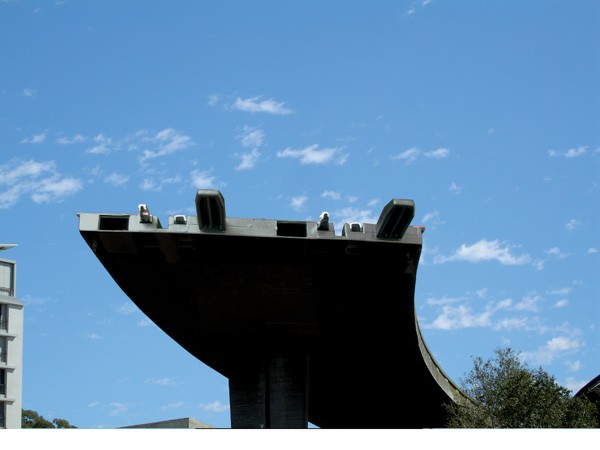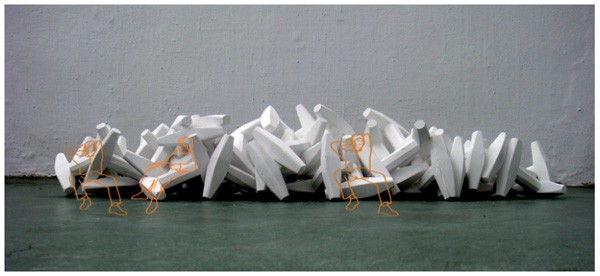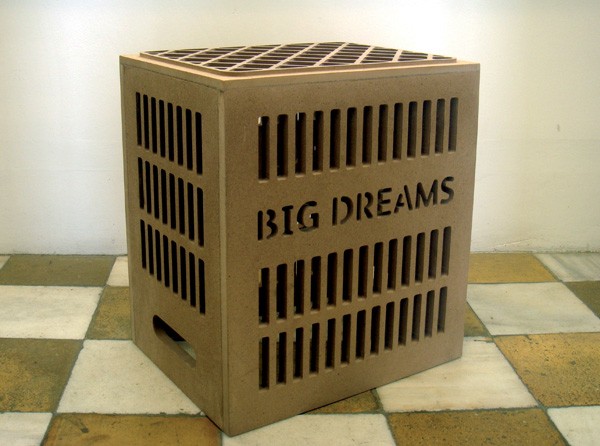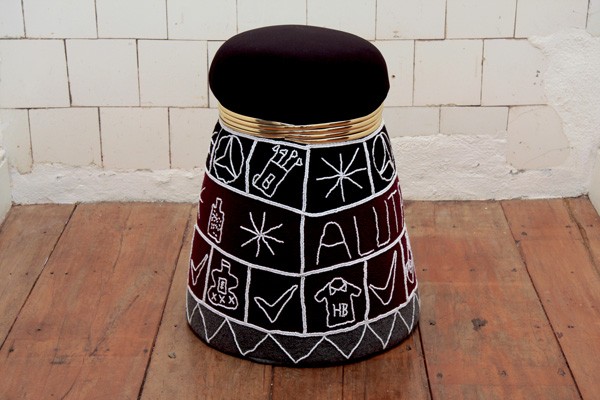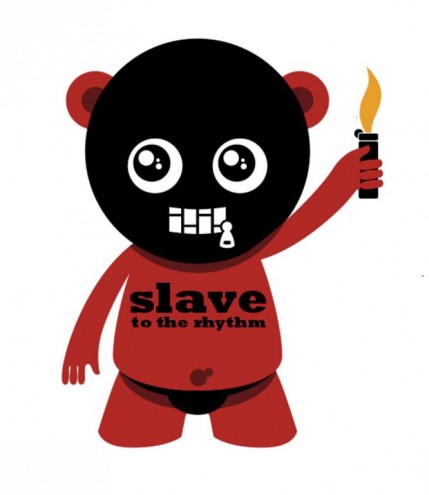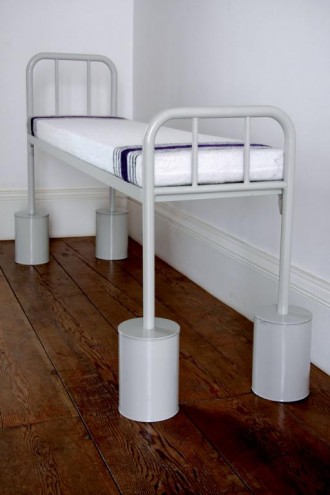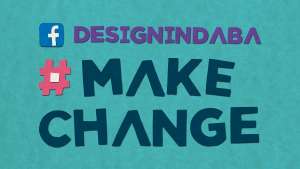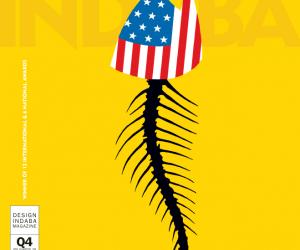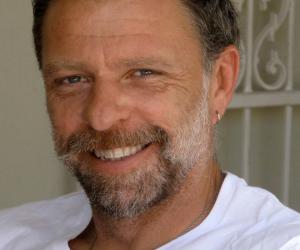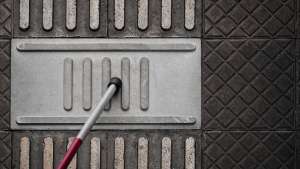From the Series
First Published in
Porky Hefer and Warren Lewis of Animal Farm are going out on a limb: Death to the traditional advertising agency model. To quote George Orwell: “Whatever goes on two legs is an enemy. Whatever goes on four legs, or has wings, is a friend.”
Informed by a world in which the internet has shattered the viewing patterns of traditional media and yet does not offer viable or engaging advertising alternatives, Animal Farm is asking: “How do we get real again?” The answer is the height of corporeal: Public art with a socially responsible edge.
“An advertising agency has so many people – a production department, a television department and all of those other departments that you spend a lot of money on. Advertising agencies have to use TV, because they have a whole department hired to do that. We’re trying to make a model for the future of advertising and branding, and how people are going to spend money on that,” explains Hefer.
Take Animal Farm’s work for Table Mountain National Park, which is annually destroyed by wild fires often sparked by human carelessness. A public awareness campaign was established by installing information boards shaped like fire extinguishers. The Carpenter’s Shop, an NGO set up to teach woodwork skills to the homeless and unemployed, carved the fire extinguishers out of wood from invader trees. Cape Union Mart underwrote the project and Chubb Security installed the project. The project not only received widespread national coverage, but reached international publications as far afield as India, the United Kingdom and Greece. Not to mention the viral web infiltration through tourists uploading their pictures to sites like Flikr.
“See, rather than just doing a print advert, we’re asking them to do something that exists in the real world and does something positive. They still end up getting the print and online coverage through PR in newspapers, magazines and websites. Meaning that the message and brand still comes across, but it’s an actual message and an actual event, rather than spending millions on an agency concept about how we want people to perceive the brand,” explains Lewis.
Hefer goes on: “Getting written about gives you more credibility than merely running an advert. People know that you haven’t paid, so there must be real value in you being covered. Plus, with the fire extinguishers, they’re permanent. It’s very important for our work to exist for longer than a fleeting image. By resonating with me and developing a long-term relationship, I can change my feelings from an initial ‘I’m not sure’ to ‘I really love it’. This applies to the associated brands.”
Animal Farm has similar projects in the pipeline, including lighting up the construction cranes around the Greenpoint Stadium to become giraffes and turning Cape Town’s unfinished highway into an oversized Scalextric track. The missing pieces for the track would be scattered around the city as though a giant seven-year-old had been playing in a model town. Both projects have integrated branding potential for funders, although Animal Farm prefers minimalism.
“If you look at Frank Gehry’s Gold Fish for the Olympic Village in Barcelona or Arne Quinze’s Cityscape in Brussels, these works created complete urban renewal. The highway in Cape Town has been unfinished for 25 years and everyone sees it when they come here. If we just add on a tiny little cap to make it look like a Scalectrex track, it’s going to make everyone smile and positively predispose them to Cape Town. Rather than branding it massively, people will spread the word about who did it because it’s so cool. When brands don’t try and push things on customers a new-found respect for the brand is found,” says Hefer.
Part public art, part public theatre, another of Animal Farm’s projects addresses road rage. In theme with the upcoming FIFA World Cup, drivers will be issued red, yellow and green cards by participating petrol stations. Instead of pulling zap signs, swearing and even resorting to violence, drivers will get into the football fever by using their referee cards. Drivers will also be encouraged to SMS to a hotline the registration number of those drivers who have offended. These cards will be tallied on a national basis and if a driver gets three red cards a week, one of the radio stations will phone and confront the driver live on air.
“With the internet becoming our primary consumption point, content is important. It’s not just about having your logo on every site, but about having interesting content on that site. Content comes from actions. Brands have to be doing something interesting that people choose to be involved in. It’s not the old ad model where the good ad chooses you. People are now well-informed enough and have so much choice that they choose what they want to be involved in.”
The Plectrum character that Animal Farm created for Media 24 to use during the Rocking the Daisies concert seems to be one such piece of creative content that users freely and willingly bought into. Now long past the event, the absurd little character has generated a growing fanbase beyond even Animal Farm’s predictions.
Plectrum is also the beginning of a new business model for creative consultancies, in which Animal Farm kept the IP and only rented the character to Media 24. “They were reluctant because then we would have control. But the control is with the people who have the ideas anyway. Without the designers, you don’t have the people who change the world – you’ll have the people who want to change the world and the guy who has the money to change the world, but you won’t have the idea that changes the world,” says Hefer.
Despite a barnyard full of good ideas, Animal Farm has turned to self-production, to keep themselves busy while the rest of the world wait for their cock-a-doodle-do. The product range is inspired by African life, with an emphasis on cultural and social commentary. For instance, the wooden stools were styled on the beer and milk crates used as makeshift seating all over South Africa, especially in shebeens and markets. One reads: “High Hopes – Big Dreams”; another reads: “Short Courage – Tall Stories”.
Made in collaboration with beadworkers Elizabeth and Vincent Gwebu, the Ndebele Stool uses traditional Ndebele techniques to communicate contemporary iconography. “This piece talks about some of the questions around South African design. For instance, the Ndebele have such a strong visual culture, so should we preserve it as a visual culture or should we modernise and adapt the culture to play in the new world economy?” explains Hefer.
In the case of the Tokoloshe Bench, it was the price tag that shouted the loudest – R18 000. The bench is based on indigenous South African folklore regarding mischievous, evil, hairy spirits known as tokoloshes, which can be warded off by raising one’s bed off the ground using paint tins or bricks. “People understand the notion of Western design because it’s ubiquitous, but the notion that South African culture itself can be desirable is still a new concept to local customers,” explains Lewis.
Currently under way, Animal Farm is in the process of a collaboration with Ronel Jordaan to create life-size beach dolosse out of felt and sponge to function as interactive lounge elements. Unique to the South African landscape, dolosse are unusually-shaped concrete blocks used to protect harbour walls from the erosive force of the sea. The range will be supplemented with ocean wallpaper as well as miniature dolosse made from concrete that can be used as a table piece, Jenga or office toys.
Although typical tourist trinkets may sell better, Animal Farm has the same motto for its products as it has for its branding work: Do good. “You’ve got to do good design that can transcend time and not just fulfil the need for curiosities. Are we fulfilling the world’s fantasy for a quaint Africa with snot-nosed children while riding on the eco-save-the-world bandwagon or do we want to be good designers?” demands Hefer.
Just like its Black Africa mirror, which shows a reflection of the viewer on a black surface: Strangely, the black somehow hides all the little imperfections, showing only good.

